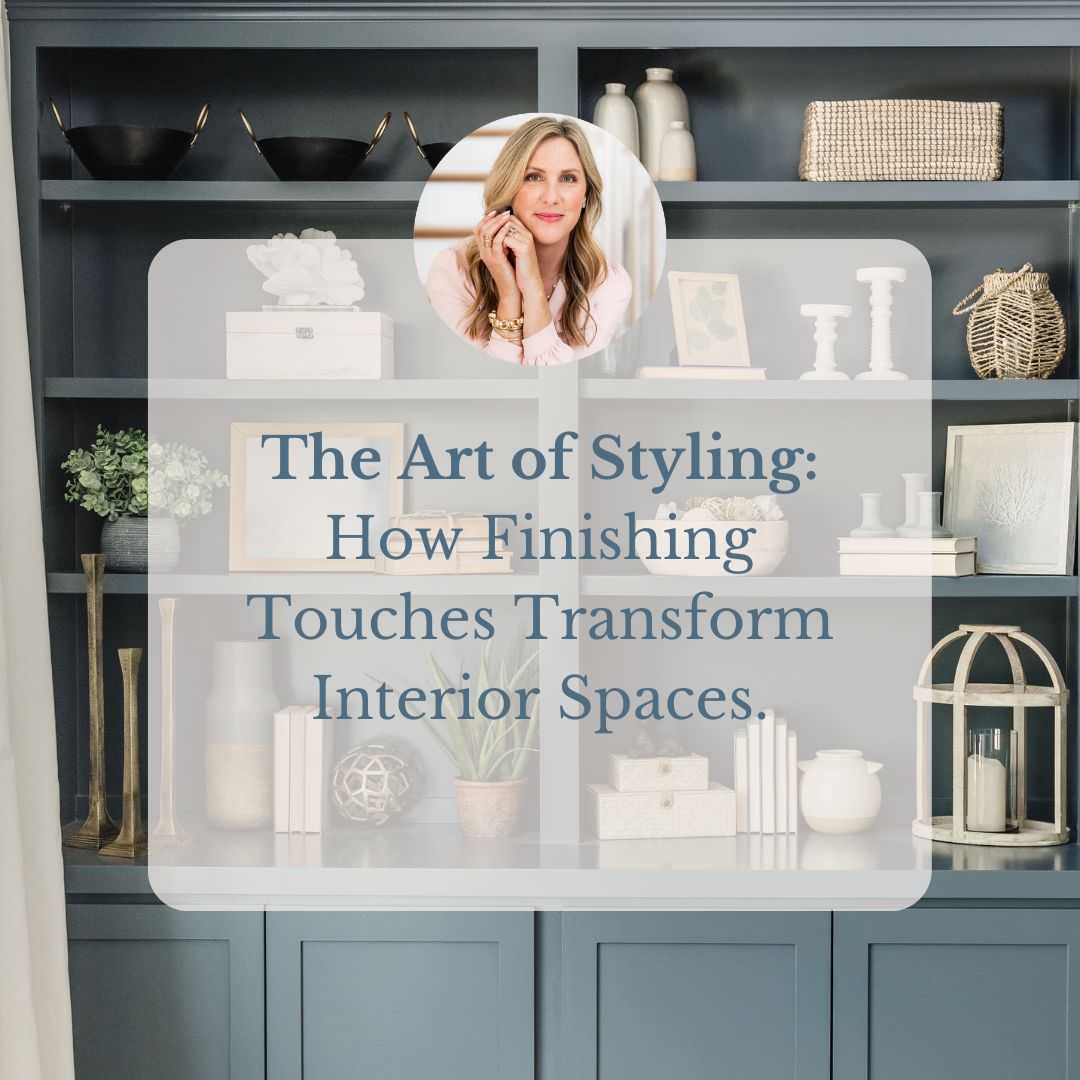The Art of Styling: How Finishing Touches Transform Interior Spaces

The art of styling plays a crucial role in transforming interior spaces, taking them
from ordinary to extraordinary. It involves adding the finishing touches that
give a room its unique character, personality, and functionality. Here are some
key elements of styling that can make a significant difference in interior
design:
Furniture
Arrangement:
Proper placement of furniture can make a room feel more inviting and functional.
Consider the flow of the space, the focal point, and the balance of furniture
pieces.
Color
Palette:
The choice of colors for walls, furniture, and decor can dramatically impact the mood and
atmosphere of a room. A well-chosen color palette can set the tone for the
entire space.
Lighting:
Lighting is a powerful tool in
interior design. A combination of natural and artificial lighting can create
ambiance, highlight focal points, and make a space feel more comfortable.
Texture
and Materials:
Incorporating a variety of textures and materials, such as wood, metal, glass,
fabric, and stone, can add depth and interest to a room. These elements
contribute to the overall aesthetic.
Decorative
Accessories:
Accessories like artwork, pillows, rugs, vases, and sculptures provide a
personalized touch to the space. They can be used to add pops of color and
reflect the owner's style.
Storage
Solutions:
Organized storage solutions are essential to maintaining a clutter-free and functional
space. Well-designed storage can be both practical and aesthetically pleasing.
Wall
Treatments:
Wallpaper, paint, or other wall treatmentssuch as millwork can transform the
look of a room. They can create an accent wall or a focal point, enhancing the
overall design.
Window
Treatments:
Drapes, blinds, or shades can provide privacy, control light, and add a finishing touch to windows. They also contribute to the overall decor.
Rugs and Carpets:
Rugs and carpets not only add warmth and comfort but also define specific areas
within a room. They can be used to tie together various design elements.
Scale
and Proportion:
Ensuring that the scale and proportion of furniture and decor are appropriate
for the room is essential. Oversized or undersized items can disrupt the
harmony of a space.
Symmetry
and Balance:
Achieving a sense of balance and symmetry in a room can create a visually
pleasing atmosphere. However, asymmetry can also be used intentionally to add
interest.
Art
and Wall Decor:
Artwork and wall decor, whether paintings, sculptures, or gallery walls, can be
the focal point of a room and express the owner's personality and taste.
In conclusion,
the art of styling involves harmonizing all these elements to create a space
that is not only beautiful but also functional and reflective of the occupants'
personality and lifestyle. The finishing touches can make a substantial
difference in transforming a house into a home, where people feel comfortable
and inspired.
